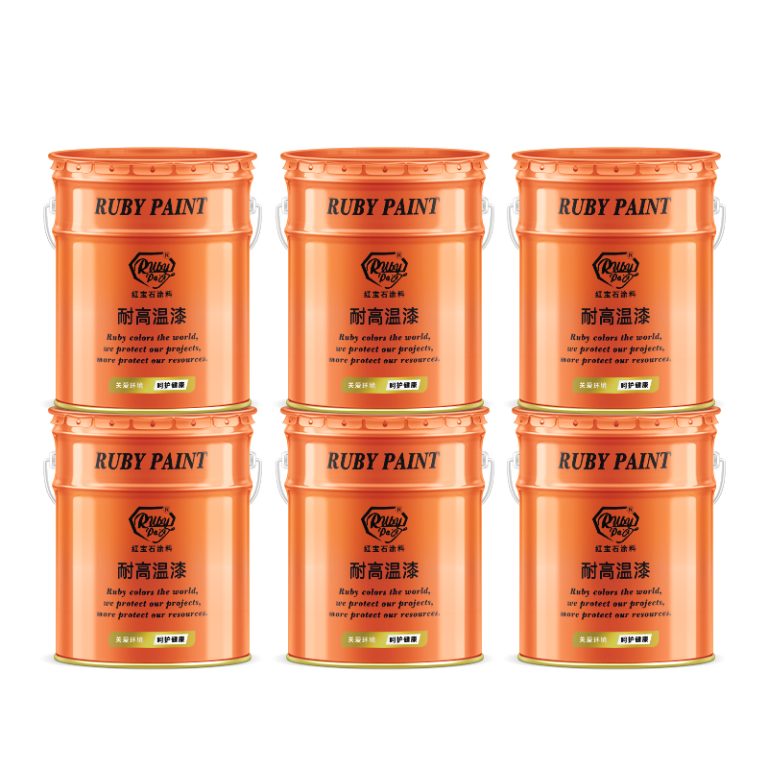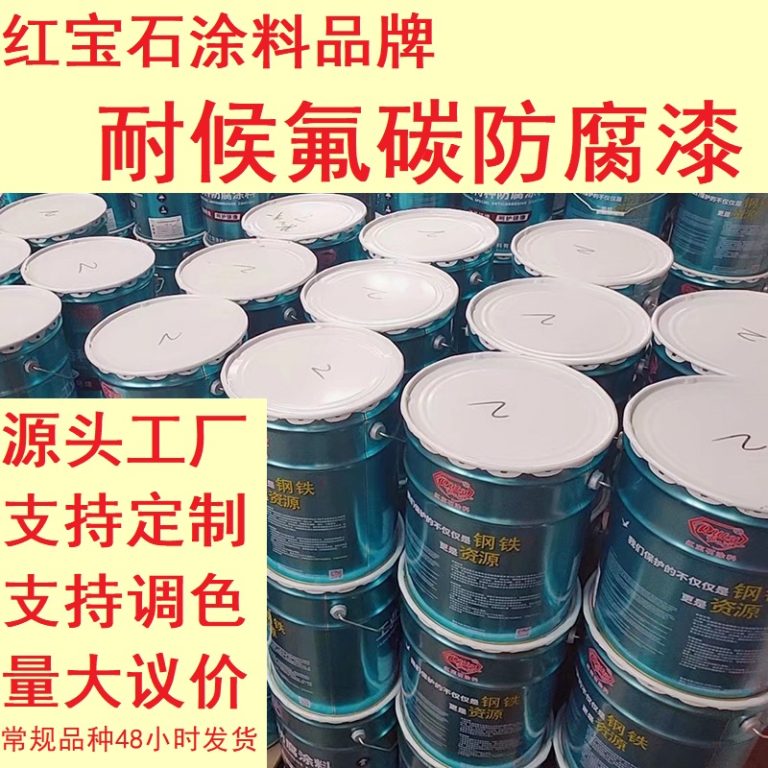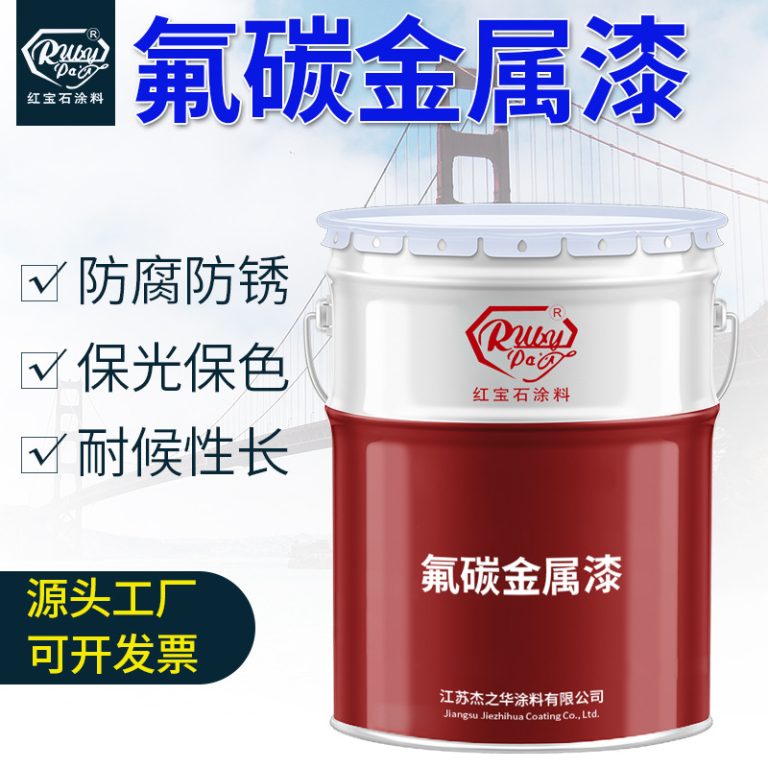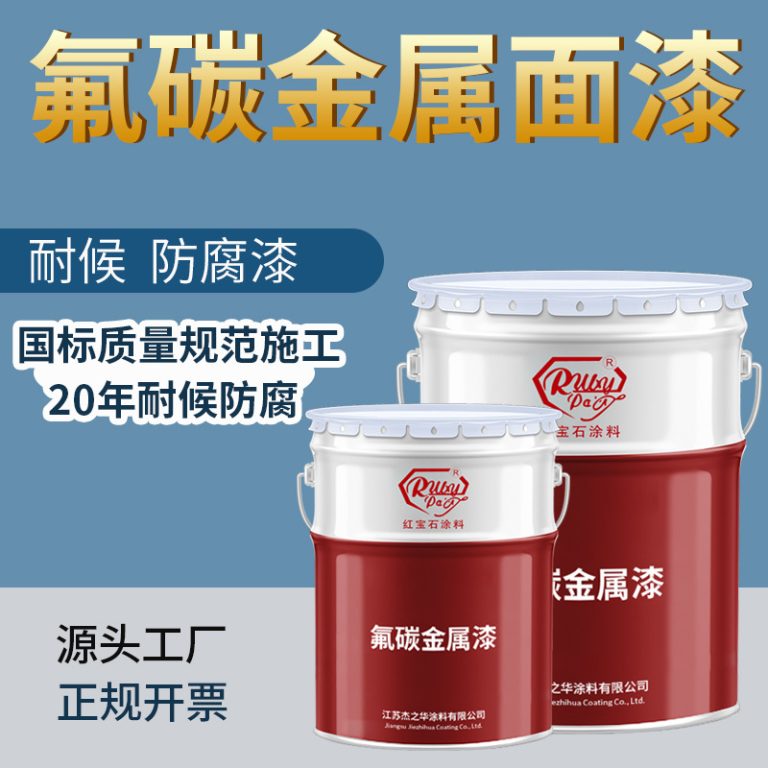Zinc Rich Primer vs. Epoxy Primer: A Comparative Analysis
Zinc Rich Primer vs. Epoxy Primer: A Comparative Analysis
In the realm of protective coatings for metal surfaces, two types of primers stand out for their efficacy and widespread use: zinc-rich primers and epoxy primers. Both serve as a crucial first line of defense against corrosion, but they operate on different principles and offer distinct advantages and limitations. Understanding the comparative aspects of these primers is essential for professionals in industries ranging from construction to automotive, where the longevity and durability of metal components are paramount.
| Serial Nr. | Commodity Name |
| 1 | Epoxy Zinc rich paint |
Zinc-rich primers, as the name suggests, are formulations that contain a high percentage of metallic zinc dust. When applied to steel, the zinc particles provide cathodic protection; they act sacrificially to protect the underlying metal. This means that the zinc will corrode in preference to the steel, thereby extending the life of the steel substrate. This type of primer is particularly effective in environments where steel is exposed to harsh conditions, such as marine or industrial atmospheres with high levels of salts or pollutants. Moreover, zinc-rich primers are known for their ability to ‘self-heal’, meaning that if the coated surface is scratched, the zinc will corrode preferentially, thus protecting the exposed steel until the damage can be repaired.
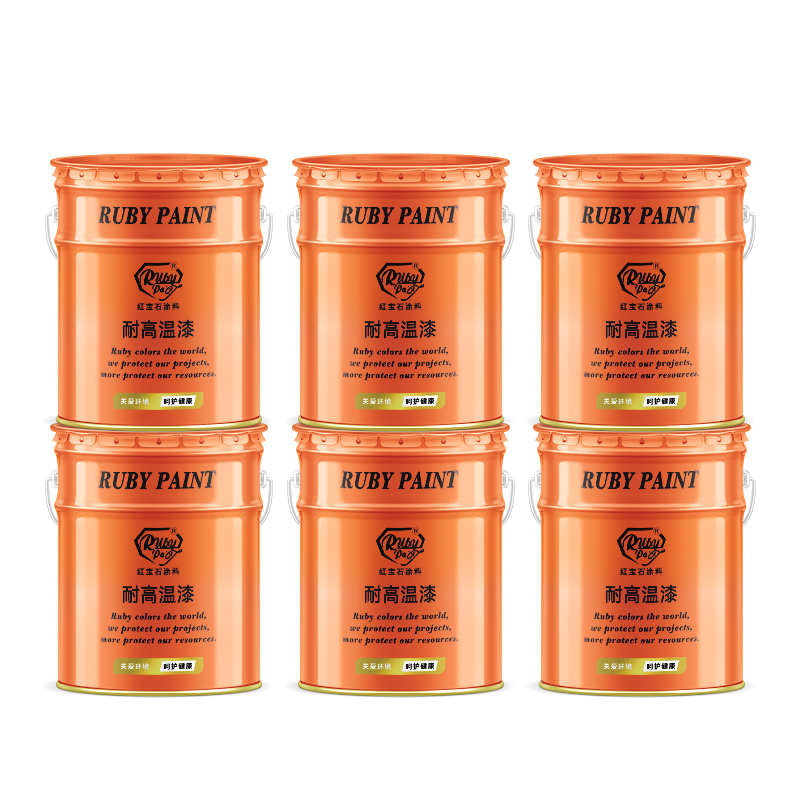
Conversely, epoxy primers do not contain metallic particles but are instead made from epoxy resins, which are known for their excellent adhesion and durability. These primers form a hard, protective shell over the surface that is highly resistant to abrasion, chemicals, and water. This barrier protection prevents corrosive elements from reaching the metal surface. Epoxy primers are versatile and can be used on a variety of substrates, including steel, aluminum, and fiberglass. They are particularly favored for their strong adhesion properties, which make them an excellent base for subsequent layers of paint or coatings.
When comparing the two, it is important to consider the specific conditions and requirements of the project at hand. Zinc-rich primers are often chosen for their active corrosion protection in highly corrosive environments, but they may not be as effective as epoxy primers in terms of forming a smooth surface for topcoating. On the other hand, epoxy primers provide a robust and uniform layer that enhances the finish of the topcoat, but they do not offer the same level of cathodic protection as zinc-rich primers.
| No. | Product |
| 1 | Industrial paint |
Another consideration is the application process. Zinc-rich primers require careful handling due to the presence of zinc particles, which must be kept in suspension during application to ensure a uniform distribution on the substrate. Epoxy primers, while generally easier to apply, have a limited pot life once the two components are mixed, necessitating efficient use of the product before it begins to cure and becomes unusable.
In terms of environmental impact, both types of primers have considerations to bear in mind. Zinc-rich primers, while providing excellent protection, can pose environmental concerns due to the release of zinc into the environment over time. Epoxy primers, on the other hand, often contain volatile organic compounds (VOCs) that can be harmful if not properly managed during application and curing.
Ultimately, the choice between zinc-rich primer and epoxy primer will depend on a balance of factors including the specific environmental conditions, the desired longevity and performance of the coating system, and the physical and chemical demands of the project. Both types of primers have their place in the protective coatings industry, and selecting the appropriate one is a critical decision that can significantly impact the integrity and lifespan of metal structures and components.

